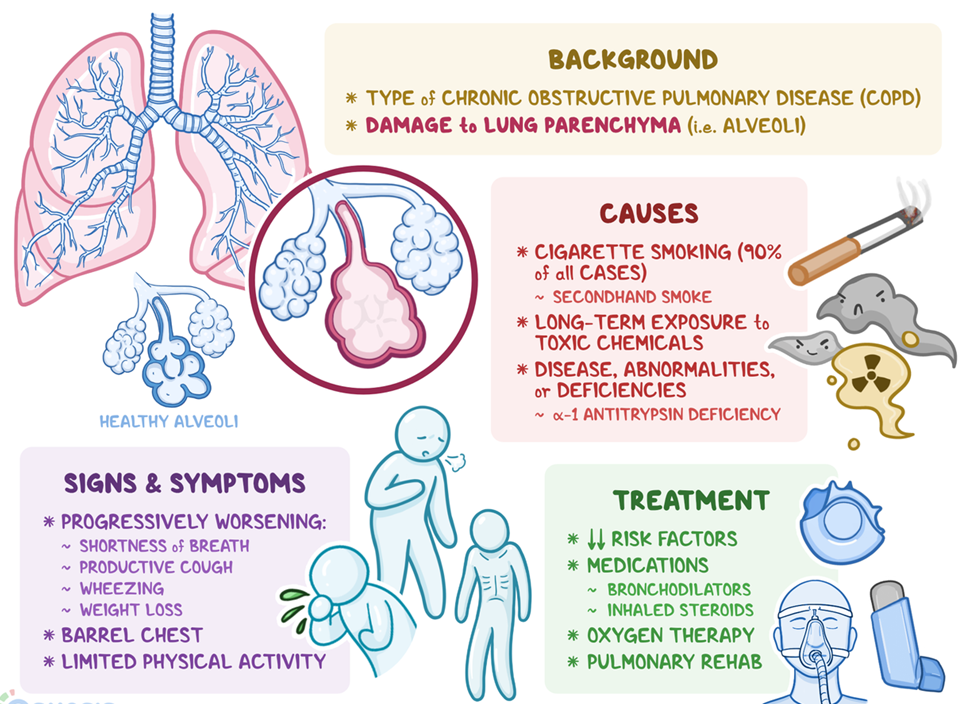A nurse is preparing to obtain a sputum specimen for a client. Which of the following actions should the nurse plan to take?
Save the sputum specimen in a clean container.
Collect the sputum specimen after a meal.
Rinse the client's mouth before collecting the specimen.
Obtain the specimen from the client in the evening.
The Correct Answer is C
A. Saving the sputum specimen in a clean container.
While it is important to collect the sputum specimen in a clean, sterile container, simply saving the specimen in a clean container is not sufficient. The nurse needs to actively collect the sputum specimen from the client using proper technique to ensure that it is not contaminated and is suitable for laboratory analysis.
B. Collecting the sputum specimen after a meal.
Collecting a sputum specimen after a meal is not recommended, as it can increase the likelihood of contamination with food particles. It's preferable to collect the specimen before meals or at least 1-2 hours after eating to minimize the risk of contamination and ensure the integrity of the specimen.
C. Rinse the client's mouth before collecting the specimen.
When obtaining a sputum specimen from a client, it's important for the nurse to plan to rinse the client's mouth before collecting the specimen. Rinsing the mouth with water helps to clear any food particles or debris from the oral cavity, ensuring that the sputum sample collected is not contaminated with saliva or food particles. This improves the quality and accuracy of the specimen for laboratory analysis.
D. Obtaining the specimen from the client in the evening.
The timing of specimen collection is not necessarily restricted to the evening. The timing may vary depending on the client's condition and the healthcare provider's orders. It's important to follow the healthcare provider's instructions regarding the timing of specimen collection, which may be based on factors such as the client's symptoms and the diagnostic requirements.
Nursing Test Bank
Naxlex Comprehensive Predictor Exams
Related Questions
Correct Answer is ["A","B","D"]
Explanation
A. Dyspnea: Dyspneais a hallmark symptom of emphysema. As lung function deteriorates, the client experiences difficulty breathing, especially during exertion, due to reduced gas exchange and air trapping in the lungs.
B. Barrel chest:A barrel chest is a common finding in emphysema due to hyperinflation of the lungs over time. This causes the chest to become rounded and expands the anterior-posterior diameter of the thorax.
C. Clubbing of the fingers: Clubbing of the fingers is not a typical finding in emphysema or COPD. It is more commonly associated with conditions like lung cancer, cystic fibrosis, or congenital heart disease, where chronic severe hypoxia is present.
D. Shallow respirations:Clients with emphysema often exhibit shallow respirations as their lung elasticity decreases, making it difficult to fully exhale. As a result, breathing may become more rapid and shallow to compensate for poor oxygen exchange.
E. Bradycardia: Bradycardiais not typically associated with emphysema. Instead, clients with chronic respiratory conditions like emphysema may experience tachycardiaas the body tries to compensate for low oxygen levels.

Correct Answer is ["A","C","E"]
Explanation
A. Inspiratory stridor
Inspiratory stridor is a high-pitched, musical sound heard during inspiration that indicates partial obstruction of the upper airway. It is a characteristic sign of airway obstruction and requires immediate attention.
B. Nausea
Nausea is not a common manifestation of airway obstruction. It may be associated with other conditions such as gastrointestinal issues or medication side effects but is not directly related to airway obstruction.
C. Retractions
Retractions refer to visible sinking of the skin between the ribs and above the clavicles during inspiration, which indicates increased effort to breathe. Retractions can occur in response to airway obstruction, as the body attempts to overcome the resistance to breathing.
D. Muscle tremors
Muscle tremors are not specific manifestations of airway obstruction. Tremors may occur due to various reasons such as anxiety, electrolyte imbalances, or neurological conditions but are not typically associated with airway obstruction.
E. Cyanosis
Cyanosis is a bluish discoloration of the skin and mucous membranes resulting from inadequate oxygenation of the blood. It can occur with airway obstruction as oxygen exchange is compromised. Cyanosis is a late sign of respiratory distress and requires immediate intervention.
Whether you are a student looking to ace your exams or a practicing nurse seeking to enhance your expertise , our nursing education contents will empower you with the confidence and competence to make a difference in the lives of patients and become a respected leader in the healthcare field.
Visit Naxlex, invest in your future and unlock endless possibilities with our unparalleled nursing education contents today
Report Wrong Answer on the Current Question
Do you disagree with the answer? If yes, what is your expected answer? Explain.
Kindly be descriptive with the issue you are facing.
